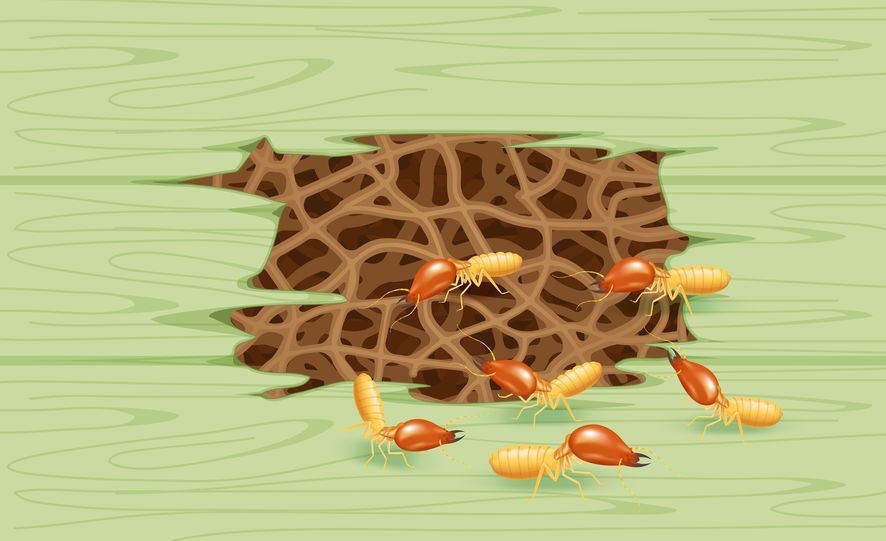Every modern home owner must educate themselves on termite damage and control. Termites are small creatures but are notorious for the significant damage that they can do the physical structure of a home, its furniture and also to the health of its residents.
So, if you:
- have scheduled a termite inspection;
- planning to schedule one soon;
- or want to know more before taking any decision.
Keep Scrolling!
This blog provides some essential tips that will help you make necessary preparations before a termite inspection to ensure that termite inspection in your home successful and most effective for you as well as the professional.
So, without any further delay, let’s learn the simple steps outlined below!
- Make key inspection areas accessible: A professional termite inspector will definitely want to explore specific areas of your home where termites are most likely to be present. Among these areas are attics and crawl spaces. Make sure that the path to both these areas are cleared ahead of time, so that the inspector can access them with ease. In case you have stored multiple items in either of these areas, you may find it worthwhile to clear out some of them, so that the inspector can move around and inspect the area with precision.
- Clear out areas around water sources: Your termite inspector is likely to check all sources of water within and right outside your house for signs of termite nests. Do a quick check of areas such as kitchen cabinets or openings below your water sink. Also check for other areas in your house with water presence, such as bathrooms, pipe lines etc. Remove any items that you may have kept below or around these water sources, so that the inspector can properly examine the affected area.
- Move furniture around: Since termite inspectors may ask to examine all walls of your house, you will have to prepare in advance by moving around some of your furniture. If you have couches, cabinets or cupboards that are positioned against walls, you can move them ahead slightly to allow the inspector enough space to walk by and examine the walls.
- Landscaping and maintenance: Termite inspectors usually also assess areas outside your house – especially the external walls of your house. If you have any shrubs, bushes in close proximity to your walls, or growing on your walls, you will have to trim them down to clear out the wall. If you have bikes, cars or any outdoor equipment kept near your walls, it is necessary to relocate them temporarily so that the walls can be rightly examined.
Wrapping Up
In addition to these tips, it is immensely helpful to be observant and take notes when you spot any signs of termites in your house. Keep a note of key areas in your house where you suspect infestation and share this information with your termite inspection team. If you are yet to schedule an inspection, book one today!

